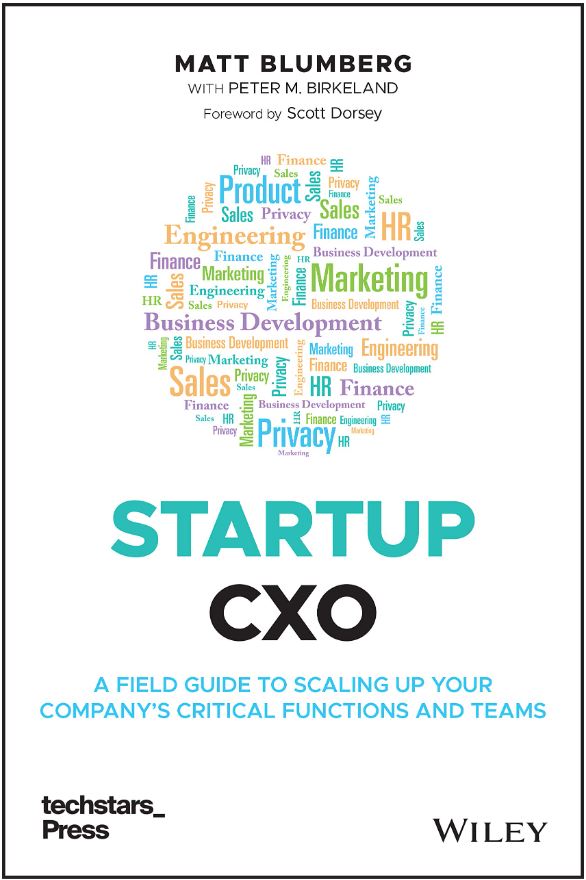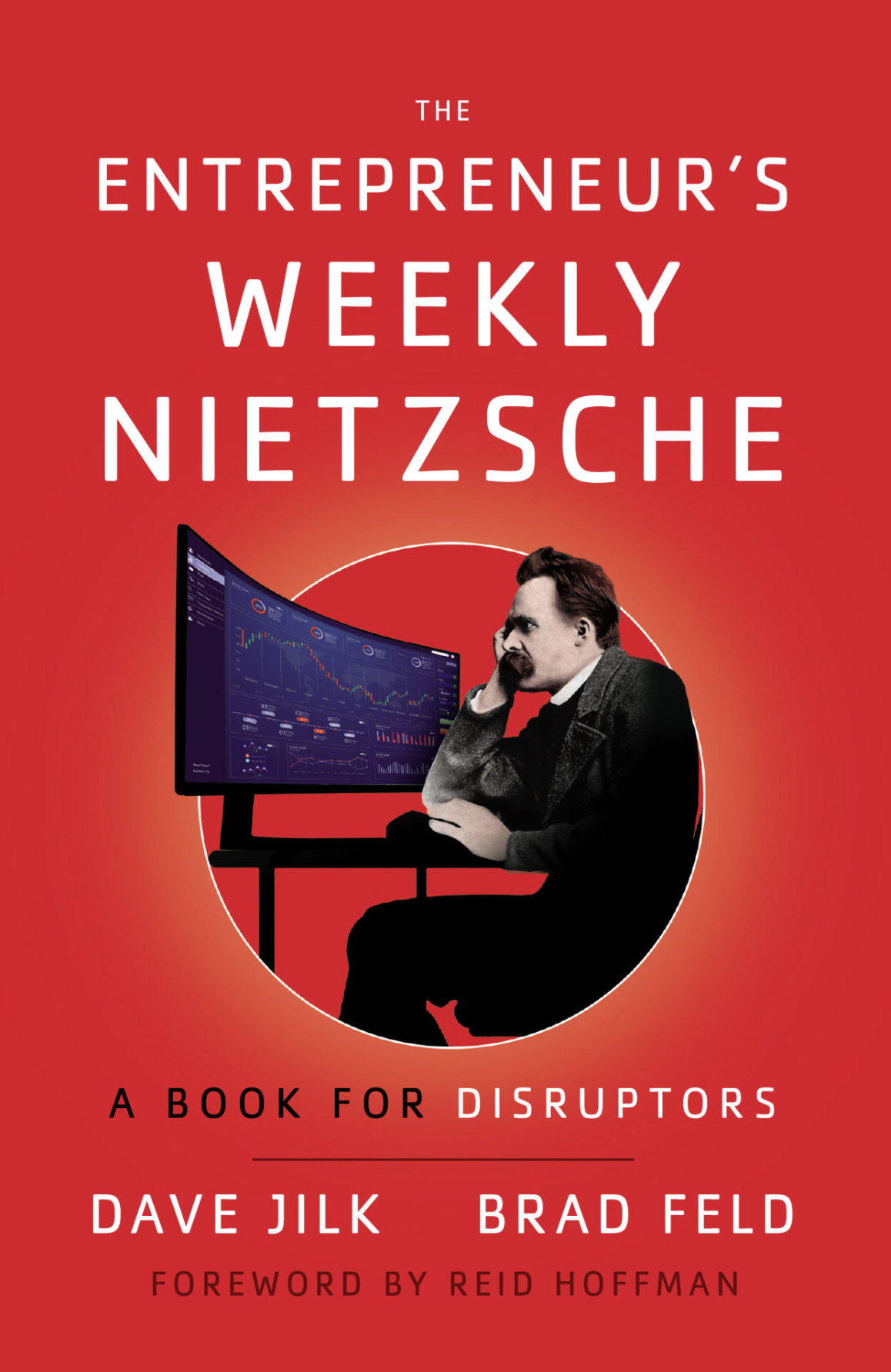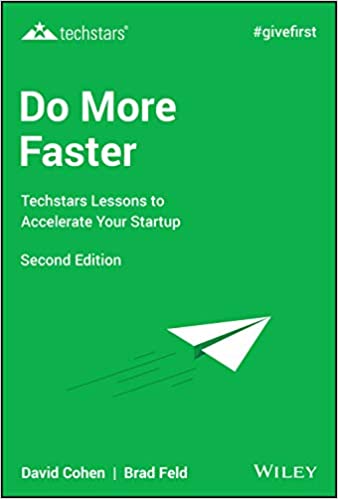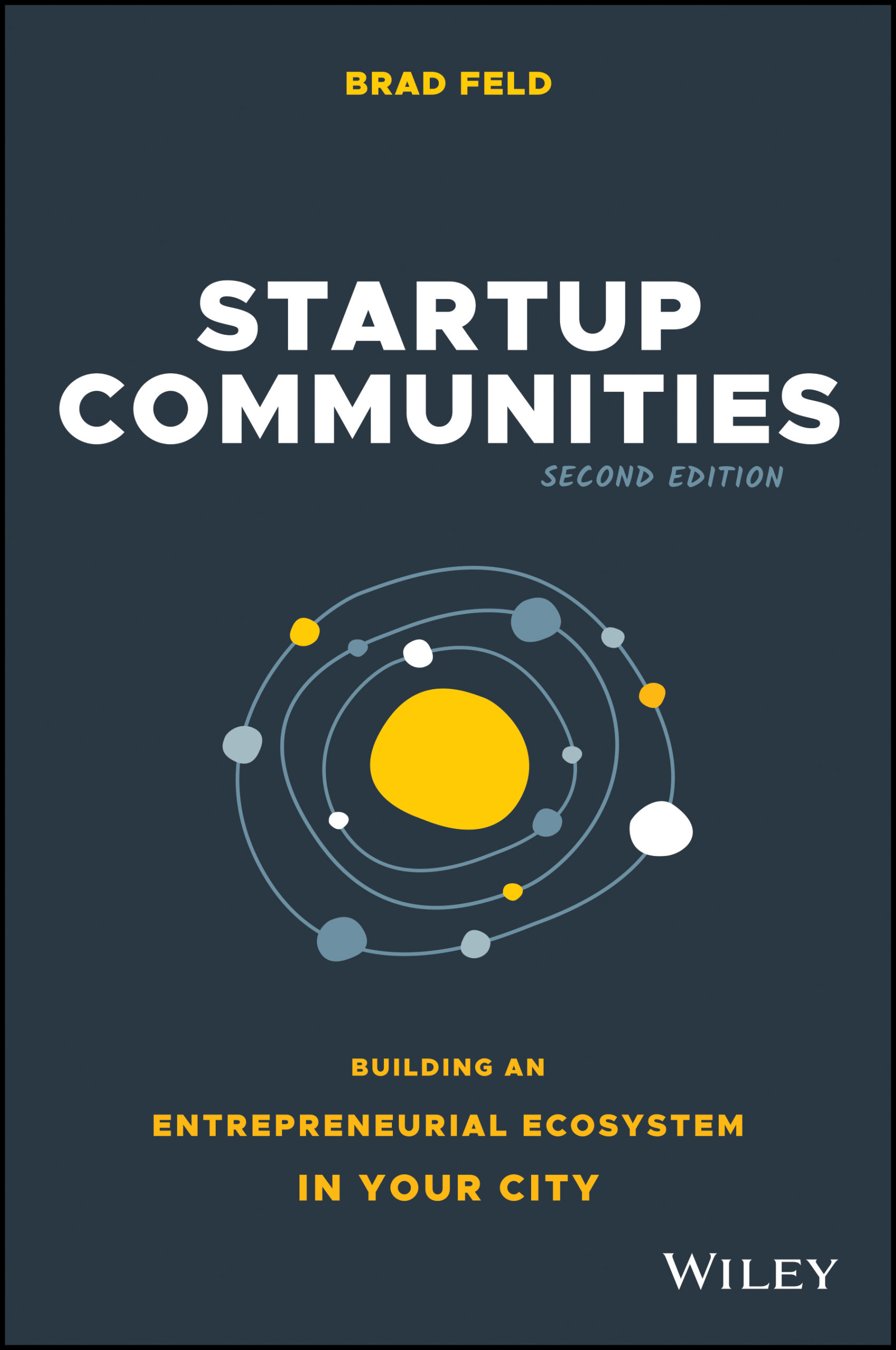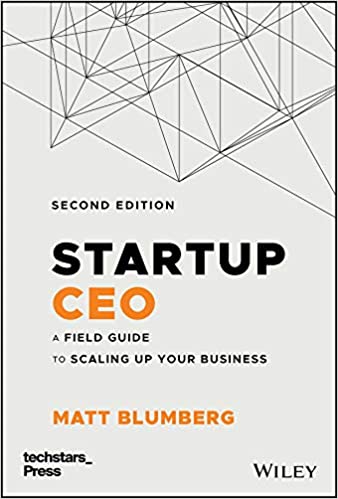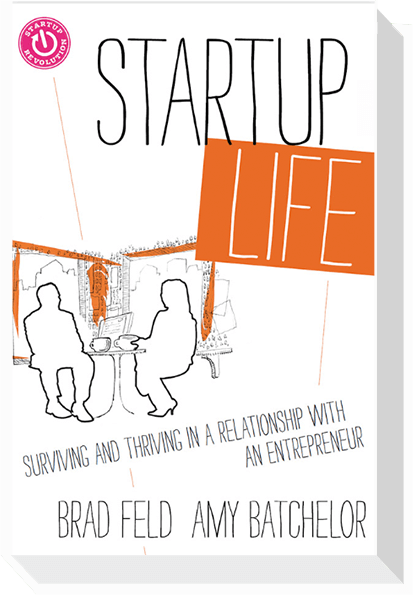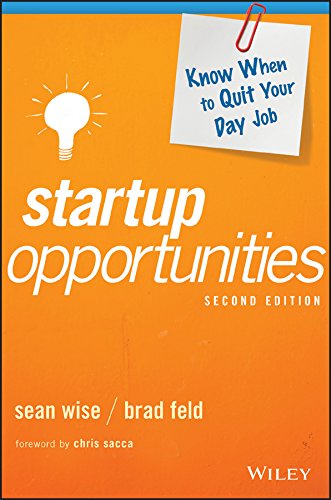How Diverse is Your Startup Board?
On MLK day, the subject of diversity comes alive. And while we address diversity in Startup Boards via the axis of gender, it does not minimize racial challenges. The following post applies to diversity without diluting the premise of competence.
As Startup Board’s book cover design was being finalized, Brad nudged for a change of the cover. He didn’t yell, with dramatic flourish, “Stop the Press” ( which I have always wanted to do ;-) ) but quite simply said – “we need more women on the cover – more than just one.”

I didn’t even realize that we had a cover with a “male dominated” board. Call it “business as usual” lazy thinking, call it carelessness “whats the big deal anyway” or any other name – I am embarrassed! And I am glad Brad asked for this change. Because if he didn’t ask for it, the status quo would prevail. That’s unacceptable and we need your help to change that. Here is why:
1) Business as usual will not get us there: All male dominated startup boards = business us usual. These boards have worked for the large part but we dont know what we are missing. And what got us here will not get us there! In Startup Life Brad and Amy write about “Lack of Diversity” in startups and believe that in 20 years, the gender ratio would be equal. Thats realistic. But it should also make us wonder – why so long? Why can’t we do better? Do more faster? And what are we missing by accepting the status quo?
2) Our brains become ossified: At least, mine has. Otherwise I would have stopped to ask the same question Brad did? We reached out to a number of women (Startup CEOs and VCs alike) to find out more on this lack of diversity. Cindy Padnos of Illuminate Ventures told us a fascinating story of how, while serving on a startup board, the question of adding a new board member came up. This was a male board + Cindy being the lone woman. Several candidates were proposed. Cindy recommended the name of a woman, who by far, was the most qualified. The rest of the board members readily accepted the recommendation. Cindy pointed out that “It was more of a top-of-the-mind issue – everyone readily agreed to bring her on, but hadn’t thought about her.” The other board members even knew her. But its kinda like the book cover design – till Brad pointed out, I thought the cover was fine. We see this in society on a number of different levels – its not necessarily by design, but by subconscious patterns of generational behavior. Do you think a women can play a trombone?
3) The heartbreaking story of Abbie Conant: Abbie Conant applied for the position of a trombonist at the Munich Philharmonic. Candidates auditioned behind a screen – a blind audition — and she was judged the best amongst 32 men. When she stepped out from behind the screen, the judges were shocked – a woman? Then begins her ordeal. They suddenly felt she did not have enough physical strength. Or nerves. Or empathy. She could not play because she did not have enough lung capacity. But Abbie Conant was a true fighter. Thirteen years after she entered the orchestra with a blind audition, the German courts ruled that Ms. Conant be placed in the same pay and seniority group as all of her male solo-wind colleagues. Read her heartbreaking story here. And now ask yourself, what if Abbie was your mother? Your wife or daughter? Would this all-male ossified behavior – women cannot play trombones — make you mad? If we dont watch our patterns, we wont progress.
4) The business case for diversity: There is plenty of data for publicly traded companies that show how women make boards better. “Gender Diversity and Performance” – a report released by Credit Suisse (Aug 2012) shows some interesting data. In an analysis of 2360 companies using over 14,000 data points, publicly traded companies with more than three women on the board, had a market cap 3X higher than those with no women. What does that say about value of women? Three times smarter ? Return on Equity is 4% higher when you had at least one women on the board. Debt was lower….no matter which index you used, the business case is evident. Granted its with larger / public companies and but its hard to argue that such benefits cannot be seen with startups. Diversity of thought, experience, intellectual horsepower counts. Yet it starts with our ossified thinking – the data is there but we need to break our own patterns. We need to try harder.
5) The Yin and the Yang: Wendy Lea, CEO of GetSatisfaction says, “Its a sign of an evolved CEO who balances out the yin and the yang. At the end of the day, we are talking about the feminine energy and masculine energy – how these two can help the startup grow and become successful.” Indeed, the emotional side and the analytical side are equally important. But at times, an all male board can become self congratulatory. Lucy Sanders, Founder of National Center for Women in Technology (NCWIT) has been on several boards and reminds that “its about performance at all times yet women can raise some issues quickly.” Lucy pointed out a board situation where in an all-male board cast, the VP of Sales continued to miss his targets. Yet he doled out great punchlines and smooth talk – the board bought it all along till Lucy raised her hand. (She was the solo woman on that board). That VP of Sales was ultimately fired – that action may have saved the company.
In summary, its upon all of us to make a conscious effort to improve the diversity ratio – we need comptent people to help entrepreneurs. No compromises there – but we need to make a direct, thoughtful effort to attract board members of diverse backgrounds. And we need to prove Brad wrong that it will take 20 years to change the ratio. It took Abbie Conant only 13 years, after all, to fight those hardscrabble German philharmonic dudes.

